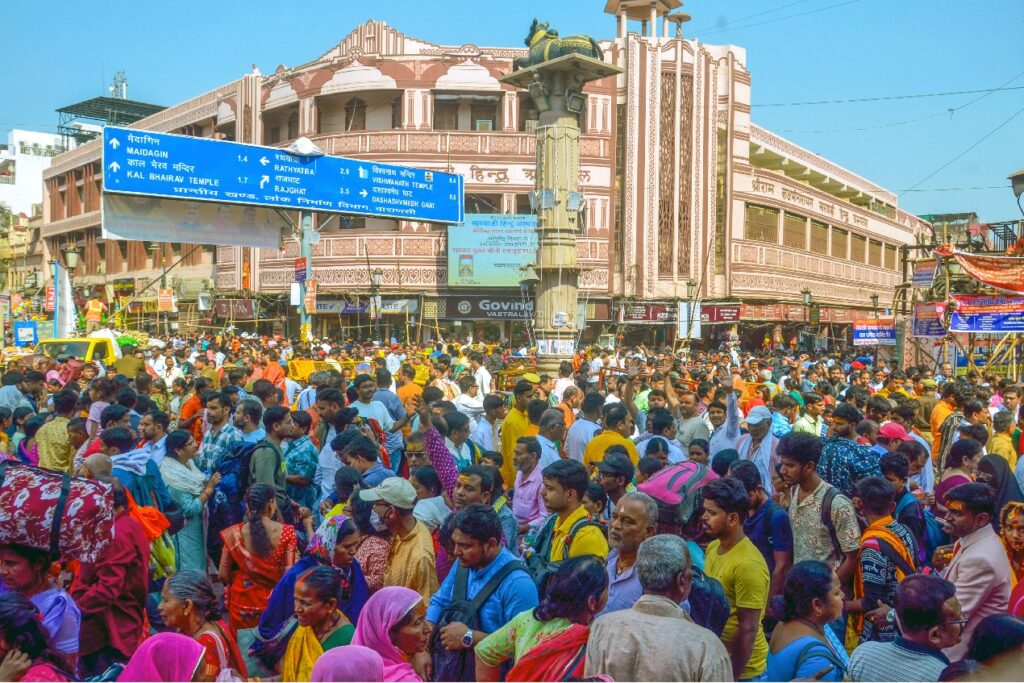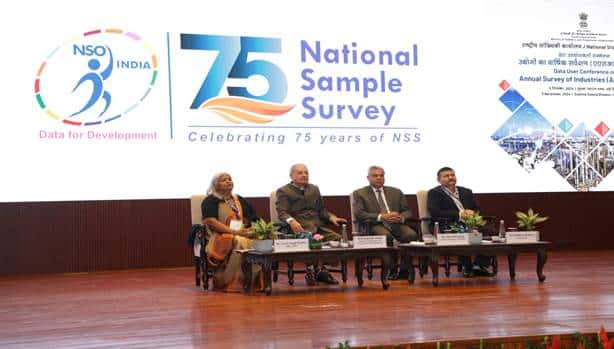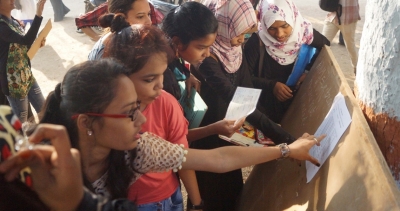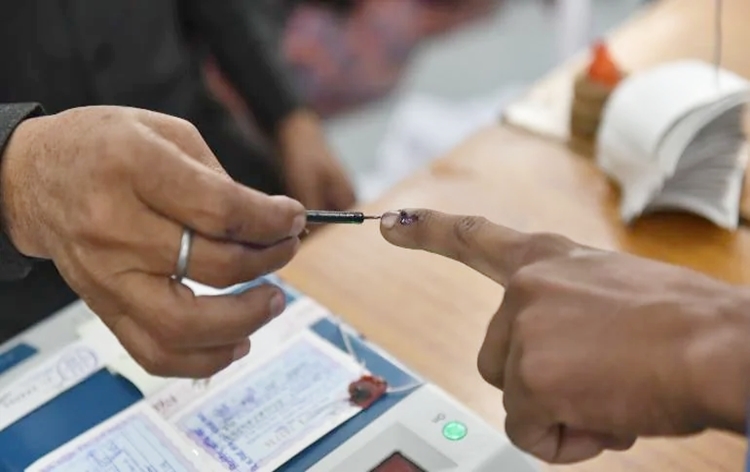The Quad: A new power paradigm in global geopolitics
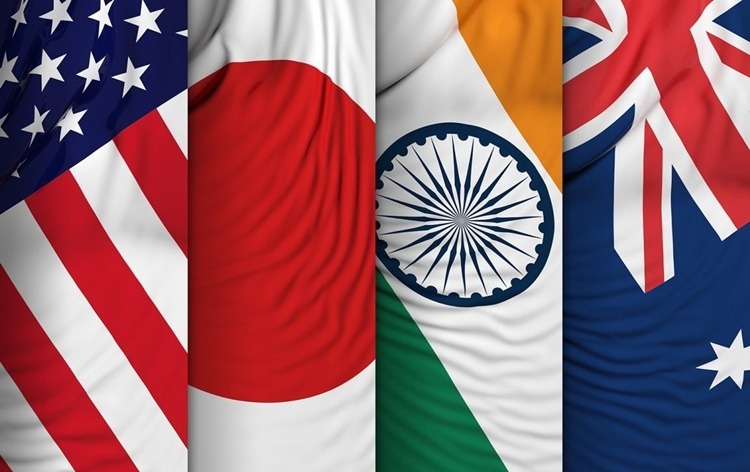
The global geopolitical landscape is undergoing a transformation, with emerging alignments that seek to address contemporary strategic, economic, and security concerns. Among these, the Quadrilateral Security Dialogue, or the Quad, stands out as a significant coalition expected to play a pivotal role in shaping the global order. India, the United States, Japan, and Australia form the group which is increasingly being seen as a democratic measure to shape a free and fair Indo-Pacific.
The Ministry of External Affairs of the Government of India defines the Quad as a force for the global good. The MEA’s fact sheet for the 2024 “Quad Leaders’ Summit” highlights how the Quad was established to serve as a global catalyst for positive change, detailing on-ground developments. The Quad is implementing real-world initiatives that benefit partner nations throughout the Indo-Pacific region—including areas like the Pacific, Southeast Asia, and the Indian Ocean. Collaborating at an unprecedented scale and scope, the Quad is addressing the priorities of its Indo-Pacific partners like never before.
NEXT BIG GEOPOLITICAL DEVELOPMENT GLOBALLY
The Quad grouping consists of the world’s largest democracy, India, and the world’s oldest democracy, the USA. The US Constitution has been in operation since 1789, with its first presidential election held the same year. India became a free nation on 15th August 1947, with a democratic form of government, and declared itself a sovereign, democratic, and republic state with the adoption of the Indian Constitution on January 26, 1950. Australia saw the establishment of democracy in 1901, while Japan, post World War II, saw a new democratic country emerging in 1952. With Allied Powers occupying Japan after its defeat, the empire was dissolved in 1947, and the country regained full sovereignty in 1952.
The countries have been model democracies across the world, and with India’s emergence as a global power base, the Quad looks to take center stage in Indo-Pacific geopolitics.
India, with a population of 1.42 billion as per the UNFPA’s State of the World Population Report in 2023, has an overall area of 3,287,263 sq km as per the CIA World Factbook, with a GDP of $3.55 trillion in 2023 (current US$) and $3.2 trillion in constant 2015 US$, alongside a military expenditure of $81.36 billion in 2022 as per the World Bank datasets.
The United States houses 340 million people across 9,833,517 sq km, with a GDP of $27.36 trillion in 2023 (current US$) and $21.78 trillion in constant 2015 US$, with military spending reaching $876.94 billion in 2022. Japan, home to 123 million people within 377,915 sq km, possesses a GDP of $4.21 trillion in 2023 (current US$) and $4.62 trillion in constant 2015 US$, spending $45.99 billion on its military in 2022. Australia, with 26.4 million inhabitants and an area of 7,741,220 sq km, has a GDP of $1.72 trillion in 2023 (current US$) and $1.63 trillion in constant 2015 US$, and allocated $32.3 billion to military expenditure in 2022.
Globally, the combined figure of the overall population stands at 8.045 billion, with a total GDP of $105.44 trillion in 2023 (current US$ terms) and $92.83 trillion in constant 2015 US$. The combined military expenditure of all the countries counted by the World Bank dataset amounted to $2.21 trillion in 2022.
When seen on a comparative scale, collectively, India, the United States, Japan, and Australia have a combined GDP of $36.84 trillion in 2023 (current US$), which constitutes approximately 35% of the world’s total GDP of $105.44 trillion. Their total population is about 1.909 billion, representing roughly 24% of the global population of 8.045 billion. In terms of military expenditure, these four countries spent a combined total of over $1 trillion in 2022, accounting for nearly 47% of the world’s total military spending.
The Quad represents a big power bloc in the Indo-Pacific region that accounts for 62% of global GDP and 64% of the population, as the Government of India estimates. 40% of crude oil supply and 50% of global trade also pass through the region.
THE QUAD TRAJECTORY
The Quad nations are collaboratively working on a series of efforts aimed at enhancing security, prosperity, and resilience in the Indo-Pacific region. They are enhancing coordination in disaster response, including pre-positioning essential relief supplies and conducting tabletop exercises to prepare for future natural disasters. It was, in fact, the starting point for the Quad group nations to come together on a platform after the 2004 Indian Ocean earthquake and tsunami that killed at least 225,000 people, with India, Indonesia, Sri Lanka, Maldives, and Thailand being the most affected.
The launch of the Quad Health Security Partnership to improve the region’s ability to detect and respond to any disease outbreaks is a groundbreaking measure. This includes the historic Quad Cancer Moonshot, focusing initially on reducing cervical cancer deaths. Commitments to bolster health security through pandemic preparedness exercises like the current clade I mpox outbreak, training health specialists, and developing standard operating procedures for pandemic response are significant steps.
Maritime security and awareness have seen major outcomes, such as upholding a free and open Indo-Pacific, the launch of an Indo-Pacific Logistics Network pilot project in case of natural disasters, and improved interoperability between the coast guards of the four countries.
The Quad efforts are focused on building quality infrastructure in the region. The initiative has launched the Quad Ports of the Future Partnership to develop ports across the region. Another focus is to stay ahead in technological advancements. Collaboration in areas like 5G deployment, artificial intelligence research, biotechnology initiatives, and strengthening semiconductor supply chains can be seen as next-level collaborative efforts.
The Quad is working to mitigate counter-terrorism threats across the Indo-Pacific region and is collaborating in space operations to strengthen climate early warning systems. To strengthen cybersecurity, the grouping has operationalized several measures like the Quad Cyber Bootcamp and the international conference on cyber capacity building in the Philippines, and joint efforts to mitigate cybersecurity incidents.
The Quad’s emergence as a dynamic and influential power bloc and as a proactive force is shaping the global geopolitical and geoeconomic architecture. The initiative has seen substantial development in the last four years, with six summits held, including two virtually. Also, eight foreign ministers’ meetings have taken place in the last four years. With the Quad institutionalized at all functional levels between the participating countries, it has become a functional collaborative network now.
By: Santosh Chaubey (DD News)



